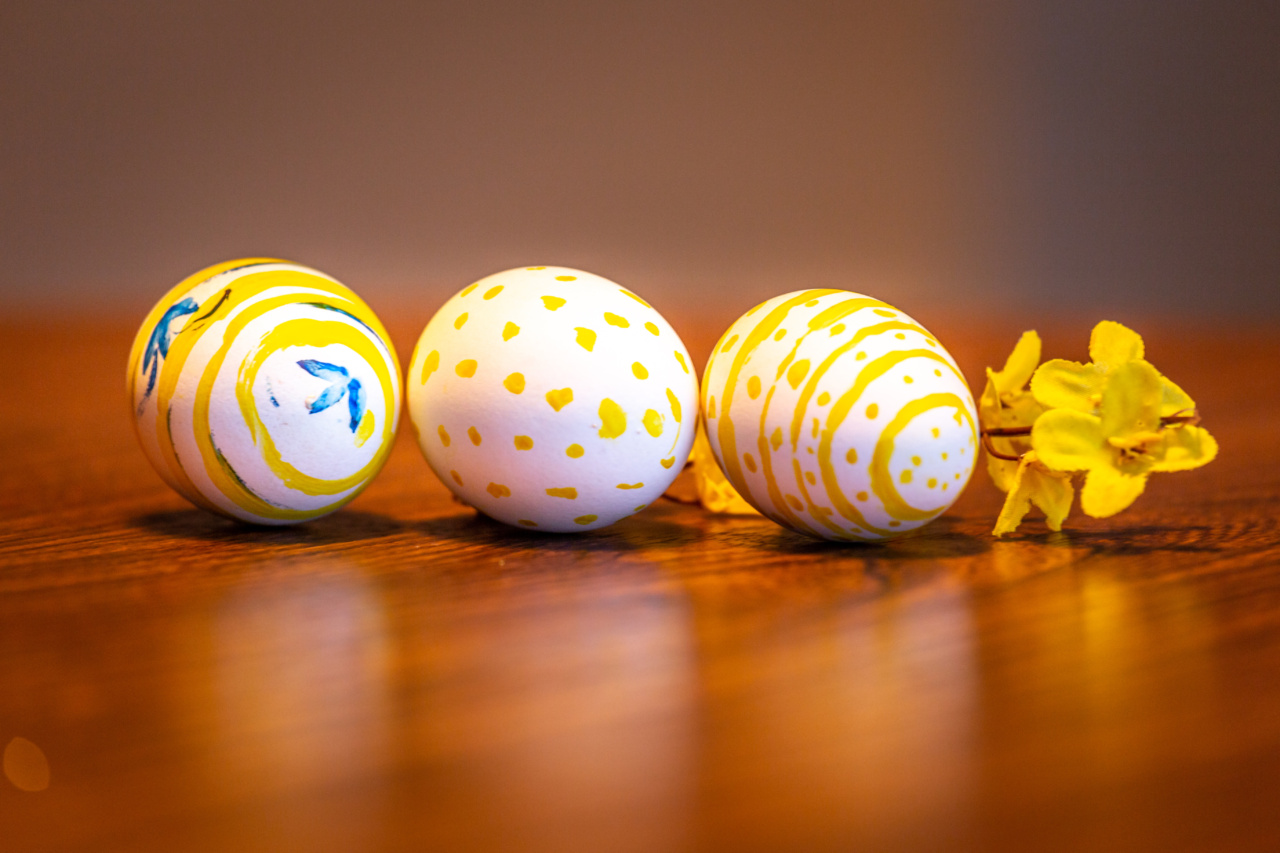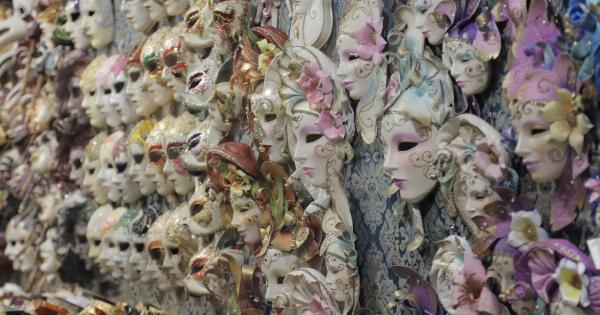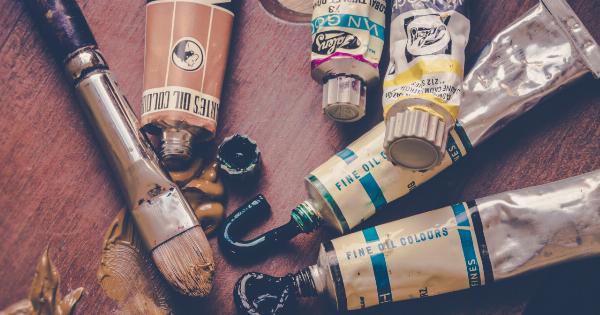Colors play a significant role in our lives. They have the power to evoke emotions, convey messages, and create visual appeal. However, not all colors are created equal.
There are three major coloring types that define how colors are perceived and utilized: additive, subtractive, and complementary. Understanding these coloring types is crucial for artists, designers, and even everyday individuals seeking to enhance their visual experiences.
In this article, we will delve into each of these coloring types, exploring their characteristics, applications, and the science behind them.
Additive Coloring
Additive coloring is a method of creating colors by combining different colored lights. This type of coloring is primarily used in digital displays, such as televisions, computer screens, and projectors.
Additive colors are created by adding red, green, and blue (RGB) lights in varying intensities. By combining these primary colors, a full range of colors can be achieved. The more intense the light, the brighter and more vibrant the resulting color becomes.
Additive coloring follows the principle that when all three primary colors are combined at maximum intensity, white light is produced. This is why computer screens appear white when displaying a blank white page.
When no light is emitted, the absence of color appears as black.
The additive coloring model is based on the human visual system, as our eyes consist of specialized cells called cones that are sensitive to different wavelengths of light.
These cones perceive red, green, and blue, and our brains interpret the signals from these cones to create the colors we see.
Applications of Additive Coloring
The primary application of additive coloring is in digital displays. From the screens of our smartphones to large-scale LED billboards, additive coloring is the foundation for creating vibrant and visually captivating visuals.
It allows for the reproduction of a wide range of colors and shades, providing a lifelike and immersive experience for users.
Additionally, additive coloring is also used in entertainment industries, such as theater lighting and concert visuals. The use of high-intensity colored lights can create mesmerizing effects and enhance the overall atmosphere of the performance.
Subtractive Coloring
Subtractive coloring, on the other hand, is a method of creating colors by subtracting specific wavelengths of light from a white light source.
Unlike additive coloring, which starts with darkness and adds light, subtractive coloring begins with light and selectively absorbs or subtracts certain colors.
The subtractive coloring model is commonly used in traditional printing, photography, and painting where pigments or dyes are applied onto a surface. The primary colors in subtractive coloring are cyan, magenta, and yellow (CMY).
When these colors are combined, they absorb specific wavelengths and reflect or transmit others, creating the perception of different colors.
In subtractive coloring, when all three primary colors (CMY) are mixed at maximum intensity, black is produced. This is because the combination of all pigments results in the absorption of all wavelengths, leaving no light to be reflected back.
Applications of Subtractive Coloring
Subtractive coloring is widely used in various printing methods, such as offset printing, screen printing, and traditional inkjet printing. In these processes, ink pigments are mixed or applied in layers to produce the desired colors.
Subtractive coloring is also essential in color photography, where different light-sensitive chemicals react to specific wavelengths of light, creating the color reproduction in photographs.
Furthermore, subtractive coloring is utilized in traditional painting techniques. Artists mix different colors of pigments to create the desired hues, shades, and tones on their canvases.
The subtractive model allows for a vast array of colors to be achieved by selectively absorbing and reflecting light.
Complementary Coloring
The third major coloring type is complementary coloring. Complementary colors are pairs of colors that, when combined, create a strong contrast and enhance each other’s perceived brightness.
Complementary colors are situated opposite each other on the color wheel, such as red and green, blue and orange, or yellow and purple.
The concept of complementary coloring is rooted in color theory. When complementary colors are placed alongside each other or mixed, they create a vibrant and visually striking effect.
This phenomenon occurs because the cones in our eyes that perceive color have different sensitivities to specific wavelengths. When complementary colors are viewed together, the cones responsible for perceiving one color become less active, while the cones responsible for perceiving the complementary color become more active, resulting in heightened contrast.
Applications of Complementary Coloring
Complementary coloring is commonly used in various design disciplines, including graphic design, interior design, and fashion design.
By strategically incorporating complementary colors, designers can create visually appealing compositions, highlight specific elements, and evoke different emotions.
In graphic design, complementary colors are often utilized for creating attention-grabbing advertisements, logos, and website interfaces. The contrast between complementary colors can make elements stand out and improve readability.
In interior design, complementary colors are employed to add visual interest and balance to a space. By using complementary color schemes in furniture, accessories, and wall colors, designers can create harmonious and lively environments.
Additionally, complementary coloring is extensively applied in fashion design. Designers often employ complementary colors in clothing and accessories to create visually dynamic outfits.
By juxtaposing complementary colors, they can achieve eye-catching combinations that make a strong fashion statement.
Conclusion
Understanding the three major coloring types—additive, subtractive, and complementary—is essential for anyone involved in the visual arts. Each coloring type has its own unique characteristics, applications, and scientific principles.
Additive coloring is used in digital displays, subtractive coloring is employed in printing and painting, and complementary coloring enhances contrast and visual impact.
By mastering these coloring types, artists, designers, and individuals alike can unlock new possibilities for creating compelling visuals, conveying messages effectively, and evoking desired emotions.
Whether it’s manipulating pixels on a screen, mixing pigments on a canvas, or harmonizing complementary colors, the world of visual expression is enriched by understanding how colors interact and influence our perception.






























